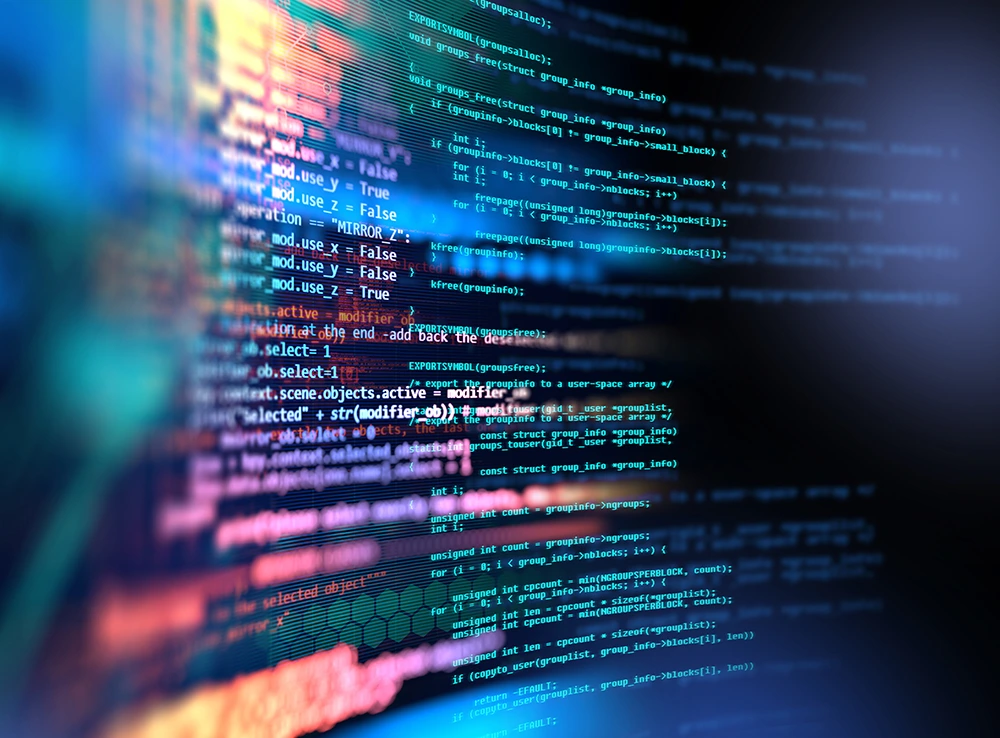The creative industry has gotten data wrong. We treated it as a report card, not a language but a tool for validation instead of a catalyst for imagination. But data is evolving, and so must we. The next decade of creativity won’t be led by those who collect the most information, but by those who bring data to life and who make it think, feel, and move people.
For years, data and creativity were positioned as opposites: left‑brain vs. right‑brain, science vs. art. But neuroscience proves they were never separate to begin with. According to research from the University of Sussex, the most innovative thinking happens when analytical and emotional networks in the brain fire simultaneously and not independently. Creativity is not the enemy of intelligence; it is its expression.
The problem isn’t data. It’s how we’ve been conditioned to use it.
Data has been used to explain but rarely to inspire. It gives us answers, but not always the right questions. It predicts behavior, but doesn’t always provoke belief. Marketers fell in love with what was easy to measure, not what mattered. We optimized for efficiency, not emotion and in doing so, we risked stripping the soul out of storytelling.
But the world is shifting fast. Artificial intelligence is transforming how we consume and connect. People are now bombarded with more data in a day than they once encountered in a lifetime. With AI’s acceleration, information is no longer scarce. Instead, attention, trust, and meaning are.
This is the moment to rethink the role of data in creativity. Not as a constraint, not as proof — but as emotional intelligence at scale.
Data that Feels: A New Paradigm
Imagine data that reveals not just what people do, but what they believe, hope for, fear, or avoid. Data that senses cultural energy. Data that detects emotional patterns and responds with empathy. This isn’t science fiction – it’s already happening.
• Spotify’s algorithmic “Taste Profiles” analyze emotional tone and context behind listening habits, leading to 2–3x higher engagement on personalized playlists.
• Adobe research shows that personalized creative experiences rooted in emotional data can lift loyalty by up to 3x.
• A 2024 McKinsey report found that brands integrating behavioral science + AI saw a 40% increase in creative effectiveness.
These aren’t examples of data replacing creativity. They’re examples of data *feeling* and of information becoming intuition.
Today, the most powerful data is not descriptive (what happened) or even predictive (what might happen). It is “interpretive” – what it means in a human context.
To unlock this shift, creative leaders must embrace three emerging capabilities:
1. Emotional Pattern Recognition
AI is increasingly capable of detecting sentiment, tone, cognitive bias, and emotion across text, voice, and behavior. This enables creative work that responds to how people feel and not just what they click.
2. Narrative Intelligence
This is the ability to turn signals into story…connecting dots into meaning. It’s the skill that transforms a thousand data points into one powerful truth. It’s what separates a message that informs from one that inspires.
3. Adaptive Creativity
Work that evolves, learns, and responds in real time. Experiences that are co‑authored with audiences. Creativity that behaves less like a campaign and and more like a living organism.
This is where Data with Soul becomes a competitive advantage.
When Data Feels, Creativity Flies
The industry’s next breakthroughs will come from teams who do more than analyze data. They will empathize with it. They will treat data not as a dashboard, but as a dialogue. Not as a mirror, but as their muse.
Because data without humanity is just information. But data with soul becomes insight. And insight, when used with imagination, becomes belief.
Consider this shift in mindset:
Old Model: “What does the data tell us to do?”
New Model: “What does the data help us understand and what does that make us feel compelled to create?”
The former leads to safer work. The latter leads to breakthrough work.
The Future Belongs to the Feelers
As AI accelerates, creativity must evolve, not retreat. The future will reward those who use data as a source of emotional truth and not just analytical confidence. The leaders who win will be the ones who can read a dashboard and sense a heartbeat within it.
In the decade ahead, data‑driven creativity won’t mean “prove it.” It will mean “feel it, then fuel it.”
Because the next frontier of creativity isn’t data‑powered or AI‑powered. It’s emotionally intelligent. And the brands that learn to make data feel will be the ones that make people care.


